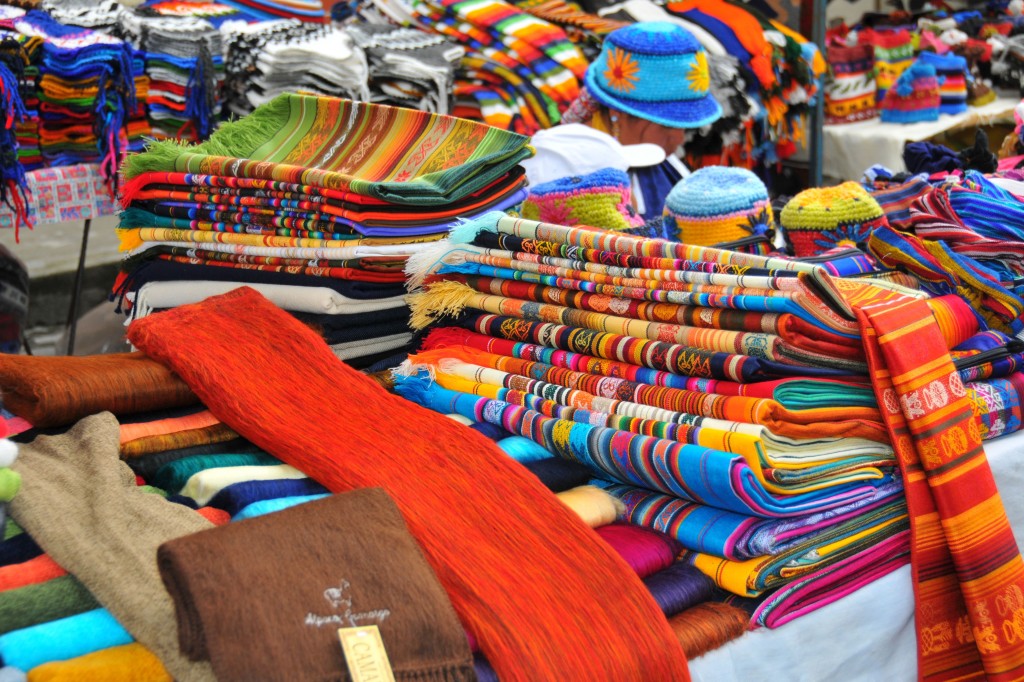
Hey Everyone, welcome to Colourful Friday. Today is the first instalment of Colourful Friday where I will talk all about colour. I love colour – love playing with colourful fabrics and creating masterpieces with the fabrics and I love the ever changing colours of nature and using her as inspiration for these fabric masterpieces. Colour is all around us in many different shades. tints and values. Over the next 52 weeks I will showcase colour whether it be in nature, a photograph, architecture, a specific fabric, wool or whatever may catch my eye – I hope you will join me for this creative journey through the world of colour.
The other day in my blog post about the Bow Tie Block I talked about doing a post on complimentary colours today but I got to thinking and felt that I needed to back up a bit and introduce the colour wheel to you first.
Did you know the first colour wheel was developed by Sir Isaac Newton in 1666 – a mere 447 years ago.
Wow, I had no idea it has been around that long. Of course, there have been a few changes to it over the years with other people making their own versions and relating them to photography, print making and fabric dyeing. A popular one for these disciplines is the Ives Colour Wheel developed by Herbert Ives who also discovered the primary colours. As children we were taught that the primary colours are red, yellow and blue, Ives modified these colours for his colour wheel to be magenta, yellow and cyan/turquoise.
Another variation of the colour wheel is The Color Star by Johannes Itten – I have to say this is my favourite colour tool but unfortunately there is too much to it to just throw into the purse to take as a reference guide while shopping for fabric at the quilt shop. (By the way – I know that link says it’s unavailable. That’s because The Color Star is out of print. Click the link though and will see that there are lots available used.)
It is a wonderful tool that uses die cuts to place over the colour star and you only see the combination of colours that you are working with. Unfortunately The Color Star is out of print so it is very hard to come by and new ones are very expensive. Keep your eyes open for used ones on Amazon, there are usually several on offer. Seriously, though, The Color Star really is so good that it is a bargain at any price. I was very fortunate that my mother-in-law had 2 of them.
So What is the Colour Wheel?
Most colour wheels are made up of 12 colours all based on the primary colours of red, yellow and blue. Mixing these three primary colours will result in the 3 secondary colours of green, orange and purple. To take it one step further mixing the primary and secondary colours will result in 6 tertiary colours. These are red-orange, red-purple, yellow-orange, yellow-green, blue-purple and blue-green.
The colour wheel is can be used to put together colour combinations that look very pleasing to the eye. These are called colour chords, harmonies or schemes. The wheel has 7 different colour chords to choose from and they are:
Monochromatic – made up of colours from one colour family
Complimentary – made up of colours directly opposite of each other on the wheel
Analogous – colours found next to each other on the wheel
Triadic – three colours evenly spaced around the wheel to form a triangle
Split Complimentary – analogous and complimentary schemes together
Tetradic Rectangle – consists of two complimentary pairs that form a rectangle
Tetradic Square – four colours spaced evenly around the wheel to form a square
As quilters or textile artists we can often become overwhelmed with choosing colour and fabrics for our projects. For some quilters, making colour choices and putting everything together comes naturally but for most it can be a bit of a struggle. The colour wheel is a great tool to throw in your purse and take to the shop with you and use to help select your fabrics.
Over the next several weeks I will go into each scheme in depth and describe how to use the colour wheel to help with the schemes to create beautiful combinations of colour to create stunning quilts. If you prefer to learn about it all at once and with hands on learning then join me for one of my Colour Magic Workshops.
Happy Quilting,

Disclosure Note: I buy and use the products mentioned in this post and write about them without influence from the designer or any other commercial interests. I have included links to the products on Amazon.com and may receive a small commission if you purchase from these links. This doesn’t cost you any more to purchase these items but it does help me maintain this website, so I hope that you will please use these links.

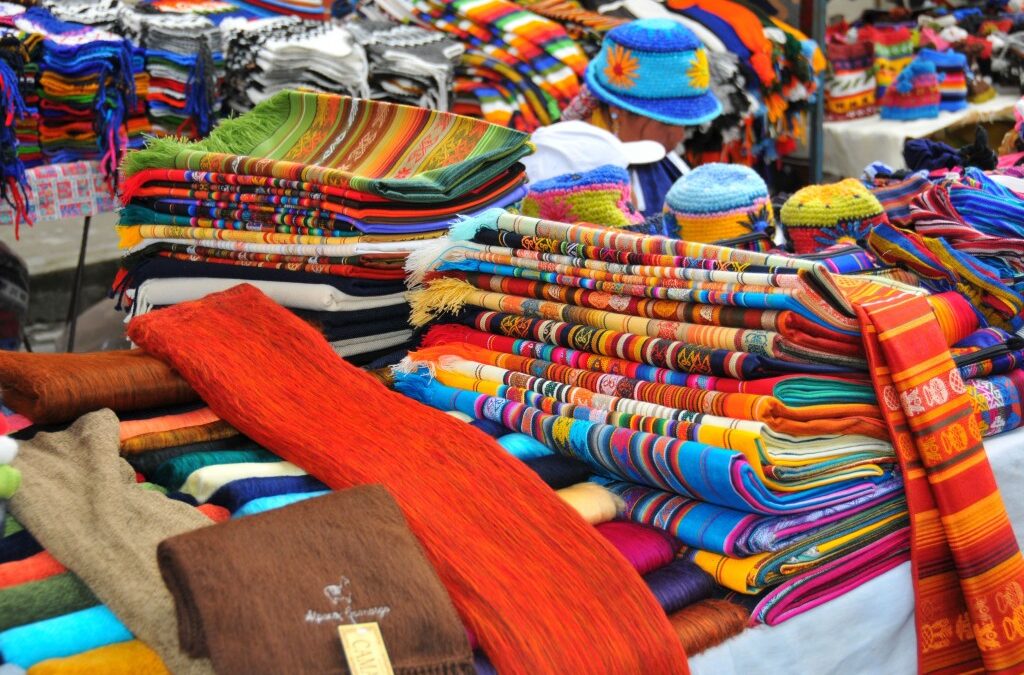
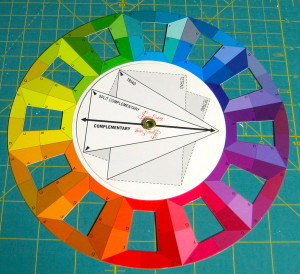
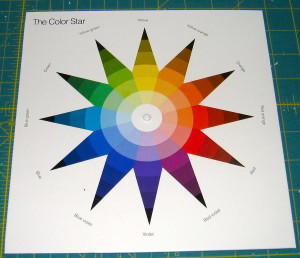
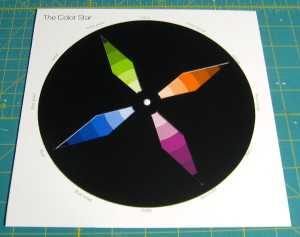

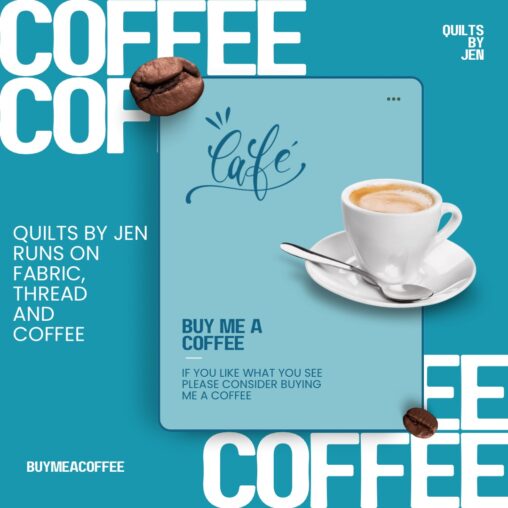
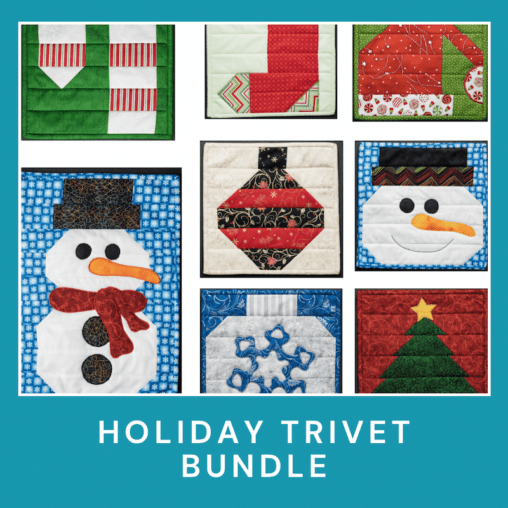
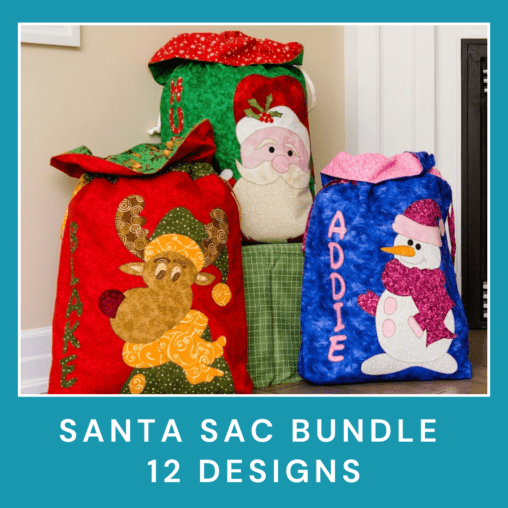
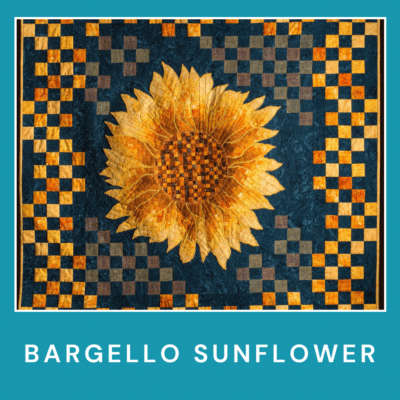

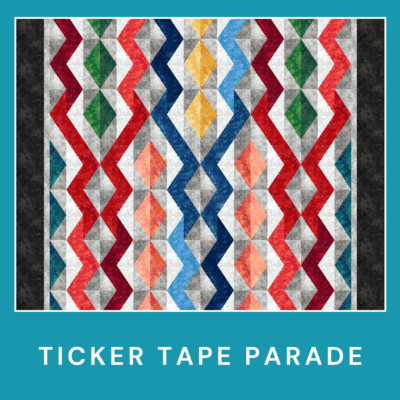

Your 2013 colouring Fridays have educated and enjoyed me and are really helping me out. I just had to bay a Colour star from a German Bookstore as they were sold out here in Sweden. I do hope to be able to improve my colour combinations. Thanks !!!
Thank you so much Ann-Kathrin. So glad you enjoyed the posts.